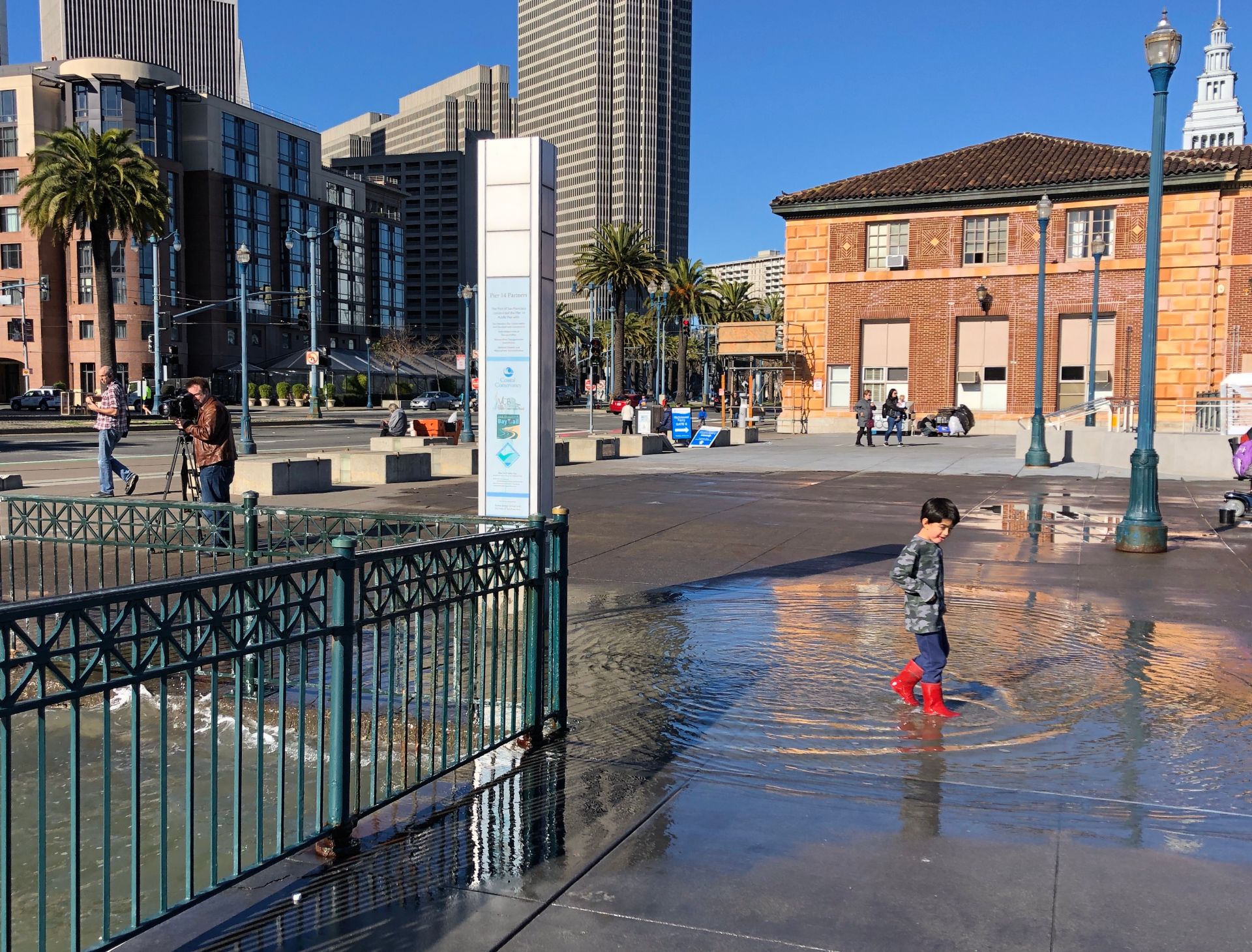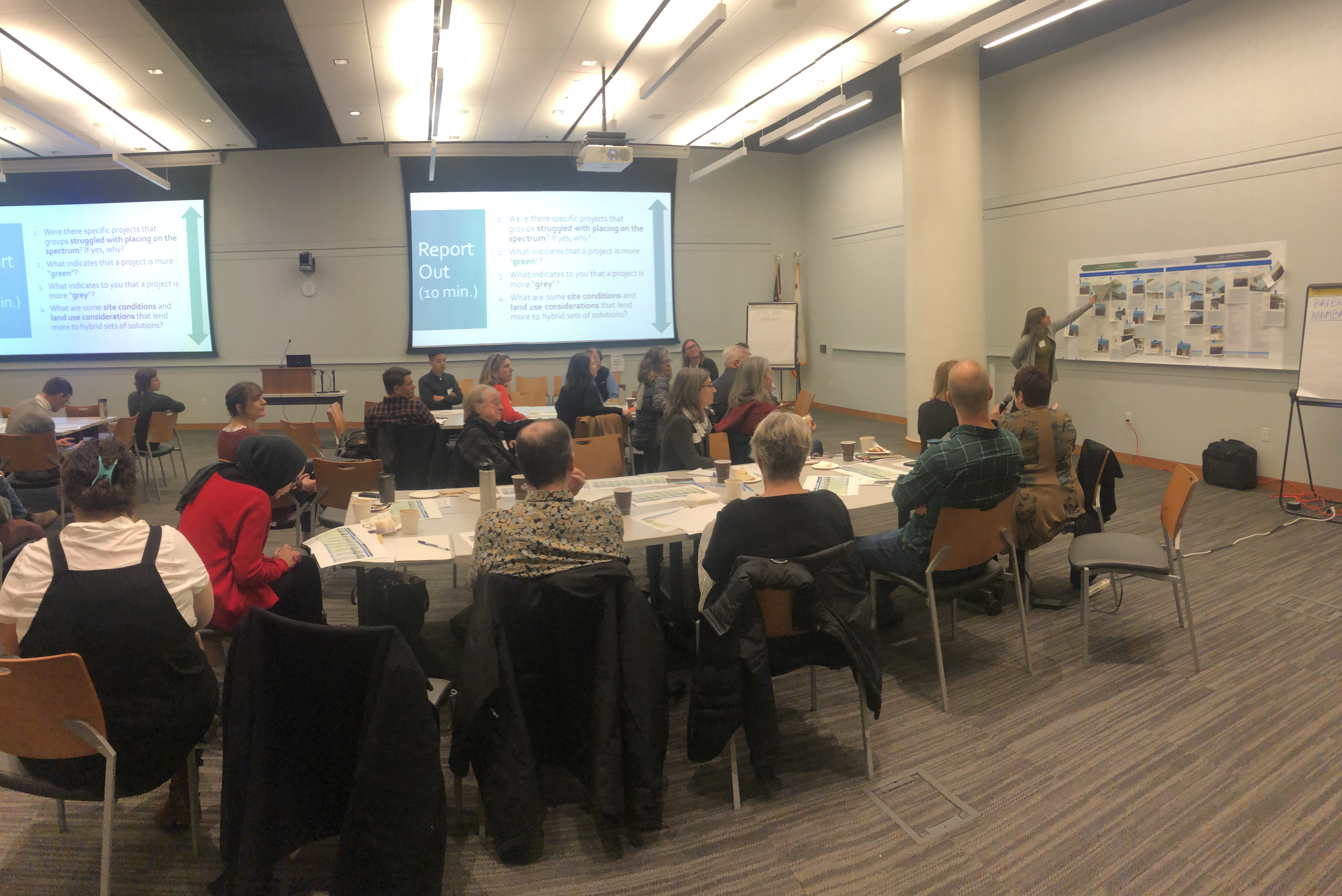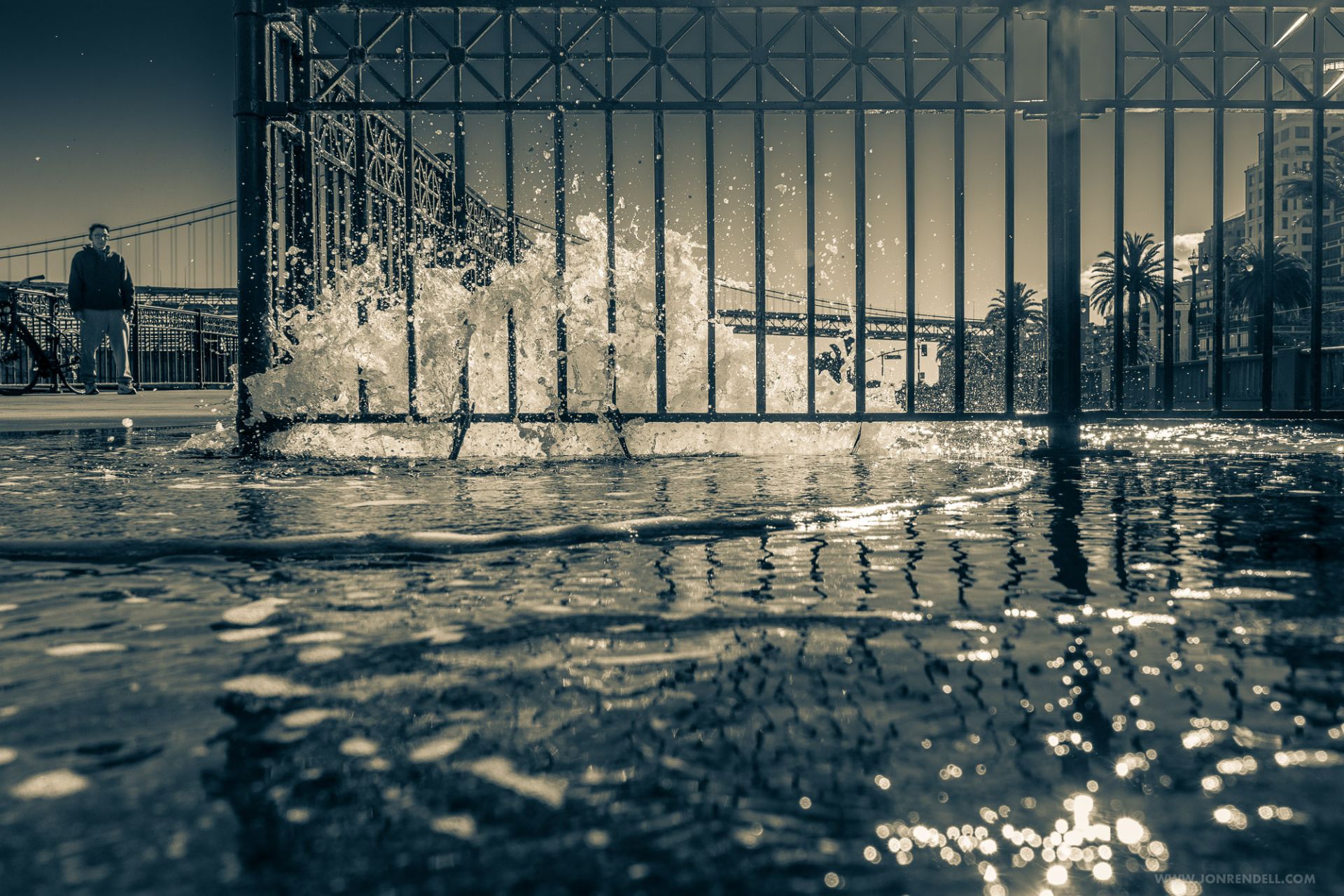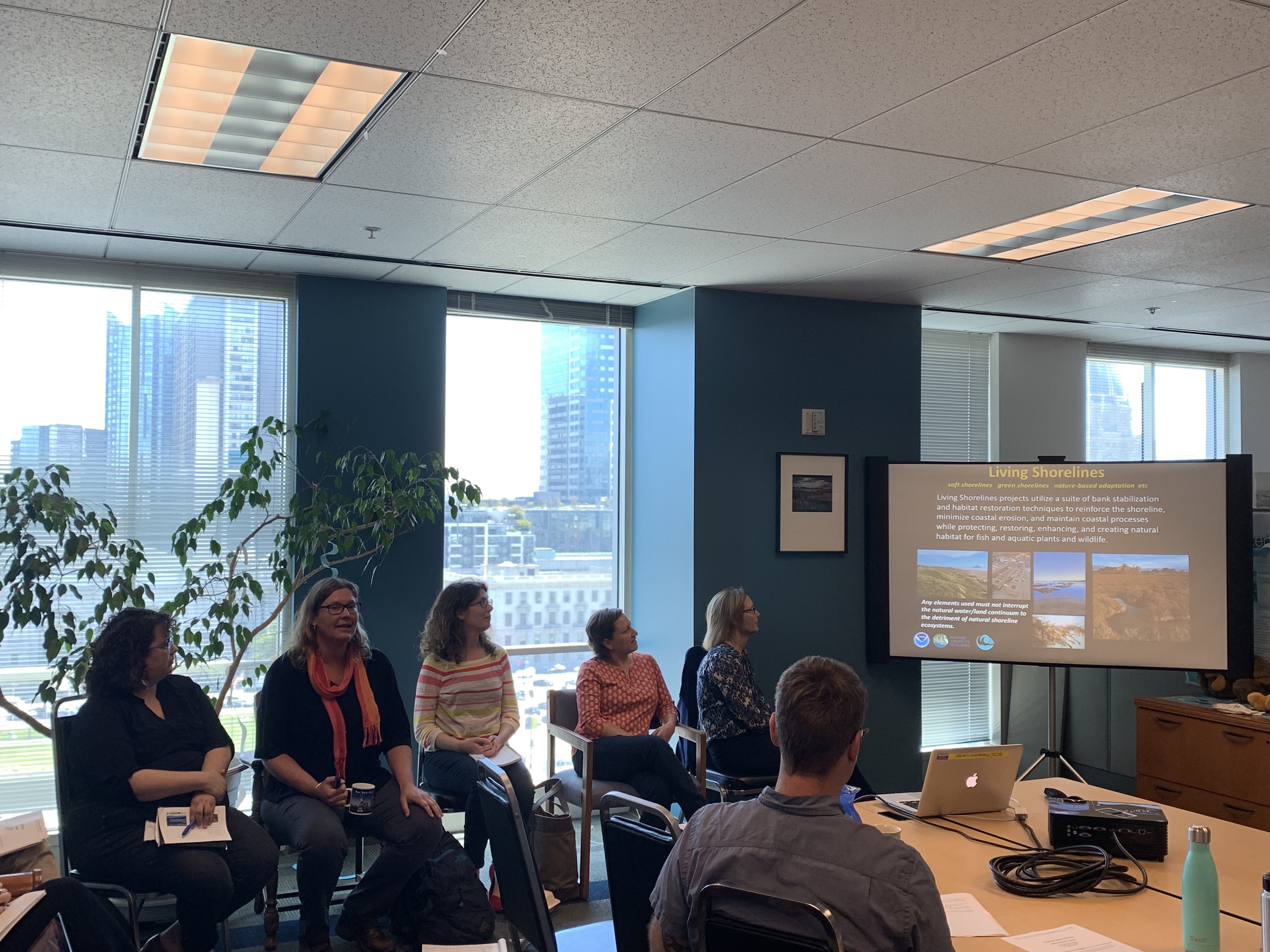
July 3, 2019
Climate change is affecting many aspects of our day-to-day lives. This includes the future our communities and also the future of wildlife and ecosystems. California faces a myriad of challenges due to the changing climate including increased wildfires, greater extremes in drought and rain, and increased flooding due to sea-level rise and larger coastal storms. In 2018, California’s Fourth Climate Change Assessment was released, emphasizing adaptation measures and solutions to the short- and long-term impacts of a changing climate.
As a coastal ecologist, I am drawn to understanding land-sea interactions and for the past five years, I have worked on addressing the impacts of sea-level rise to coastal communities and ecosystems in the San Francisco Bay Area. I have analyzed short- and long-term vulnerabilities of natural resources, built infrastructure, and communities to flooding as well as worked with natural resource managers to develop plans to protect key open space and habitat such as tidal marsh and uplands ecosystems in the face of climatic change. In these years I have learned that planning for and adapting to changing coastal flood conditions requires regional collaboration to translate and focus available science, identify vulnerabilities, and consider feasible adaptation options.
In October 2018, I began my new role with California Sea Grant as the Coordinator for the San Francisco Bay and Outer Coast Sentinel Site Cooperative and continued my work on fostering these partnerships and enhancing collaborations on coastal resilience and sea-level rise in San Francisco Bay. In just over nine months, I have greatly enjoyed continuing old and fostering new partnerships to meet the many challenges that the Bay Area will face due to sea-level rise.
The San Francisco Bay and Outer Coast Sentinel Site Cooperative is one of five cooperatives in the nation participating in a NOAA program focused on fostering regional resilience to sea-level rise. The cooperative includes NOAA’s Office for Coastal Management, NOAA’s Greater Farallones National Marine Sanctuary, the San Francisco Bay Conservation and Development Commission, the San Francisco Bay National Estuarine Research Reserve, and California Sea Grant. I work directly with organizations in San Francisco as well as along the California coast. In addition, I collaborate with the other cooperatives to develop collaborative national programs.
One of the potential solutions to adapt to the impacts of sea-level rise impacts that we are focused on is what’s called natural shorelines. Restoring natural coastline features like dunes and wetlands, as opposed to hard armoring, is an effective way to protect communities from sea-level rise. A set of case studies of natural infrastructure, published by our program in 2018, have been used extensively as a state resource on the design of developing natural infrastructure projects as well as an outreach and education tool regarding these projects.

The benefits of natural approaches to shoreline stabilization are numerous and well documented, but they are not yet common in California. To advance the understanding of and dialogue around living shorelines in the San Francisco Bay area, I partnered with the California State Coastal Conservancy, the San Francisco Bay National Estuarine Research Reserve, the Greater Farallones National Marine Sanctuary, and the Greater Farallones Association, to develop and host two recent workshops held for government, non-profit, private, and community groups. These workshops were designed to provide attendees with information on how to collaborative and use these methods—and which work best for their specific region and ecosystems—to enhance climate adaptation.
After one of the workshops, a staff member of the Bay Conservation and Development Commission (BCDC) asked me if I could help her bring this conversation directly to the agency. I worked with BCDC to develop a personalized training for their planning, regulatory, and law staff on living shorelines work in the San Francisco Bay. I brought in speakers from the San Francisco Estuary Partnership, California State Coastal Conservancy, Point Blue Conservation Science, and the Conservation Corps North Bay who presented on current issues of living shorelines projects including successes and challenges. We then discussed as a group how to move these types of projects forward and how to foster communications among staff at BCDC and project proponents.
I love what I do and the people I work with. I have a creative role where I get to partner with local to federal organizations to foster these dialogues, move projects forward, and enhance collaborations. San Francisco Bay is a leader in planning for sea-level rise and my hopes for the region is that we continue to share our great work with each other and with other parts of the country. We don’t have a lot of time left to plan for a changing environment and it is critical that we work together to adopt good adaptation practices and get projects on the ground.





